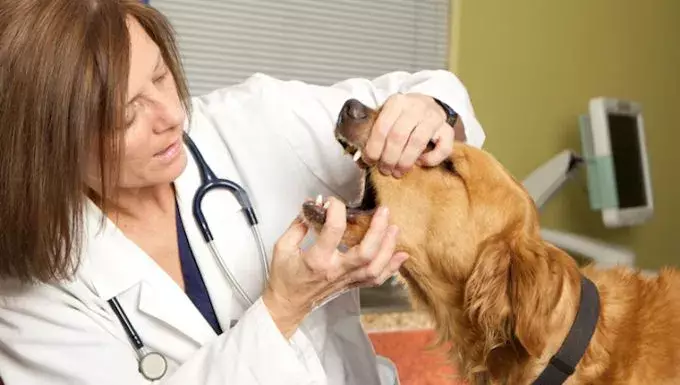Gingival fibrosarcoma represents a challenging and troubling form of oral cancer that primarily affects the gums of dogs. While it can arise in any canine, certain predispositions emerge, particularly among older dogs and certain breeds. This article aims to provide an in-depth understanding of this condition, emphasizing its implications, early detection, and management strategies.
Gingival fibrosarcoma is a malignant tumor that develops in the soft tissues of the gums. The condition is classified under fibrosarcoma, which can also originate in other body parts, but the oral cavity is notably impacted in this case. This specific form of cancer tends to be aggressive, leading to severe discomfort and health deterioration in affected dogs. Importantly, the age and gender of the canine can significantly influence the risk of developing this disease. Statistics suggest a higher prevalence in male dogs and those aged seven years and older.
Early intervention is crucial in managing gingival fibrosarcoma, making the identification of symptoms vital for pet owners. The signs are often related to the oral cavity and may include:
– Excessive drooling
– Foul-smelling breath
– Difficulty eating or chewing
– Weight loss due to decreased appetite
– Visible growths in the mouth
– Bleeding from the oral cavity
– Loose teeth or dental instability
– Swollen lymph nodes, indicative of potential disease spread
Recognizing one or more of these symptoms should prompt immediate veterinary consultation to ascertain the underlying cause and begin appropriate treatment.
While the precise cause of gingival fibrosarcoma remains elusive, various contributing factors have been identified. Aging is a primary risk factor, alongside potential environmental influences such as prior radiation exposure, infections, and exposure to harmful chemicals. Certain breeds, notably Golden Retrievers, exhibit a higher incidence of this condition, reinforcing the need for breed-specific awareness and vigilance among dog owners.
Upon noticing concerning symptoms, it is essential for pet owners to consult a veterinarian without delay. The diagnostic journey typically begins with a comprehensive assessment of the dog’s medical history and an exploration of symptoms. The veterinarian will conduct a thorough physical examination, focusing closely on the oral cavity to detect any abnormal growths. To definitively confirm the presence of gingival fibrosarcoma, a biopsy of the affected tissue may be necessary.
The treatment protocol for gingival fibrosarcoma is contingent upon the tumor’s size, location, and severity at diagnosis. Options may include surgical procedures to excise the tumor, with cryosurgery being advisable for smaller masses. Larger tumors might necessitate more extensive surgeries. Additionally, radiation therapy can serve as a valuable adjunctive treatment, especially if complete surgical removal is not achievable.
Post-surgical care and nutritional management play pivotal roles in recovery. A shift to softer foods is generally recommended to facilitate eating during the healing process. Veterinarians often provide tailored dietary recommendations that ensure nutritional adequacy without causing undue discomfort. Pain management is another critical component of postoperative care, often involving prescribed medications that owners must administer following strict guidelines.
The journey to recovery from gingival fibrosarcoma can be taxing for both the dog and its owner. Ensuring medication adherence and dietary compliance is vital for optimal recovery. Regular follow-ups with the veterinarian will likely be necessary to monitor for any signs of recurrence or complications.
Gingival fibrosarcoma poses a significant health challenge to dogs and their families. Through education, vigilance, and proactive care, dog owners can facilitate early diagnosis and improve recovery outcomes for their beloved pets. If you have experienced caring for a dog with this condition, sharing stories and insights can provide invaluable support to others in similar circumstances.

